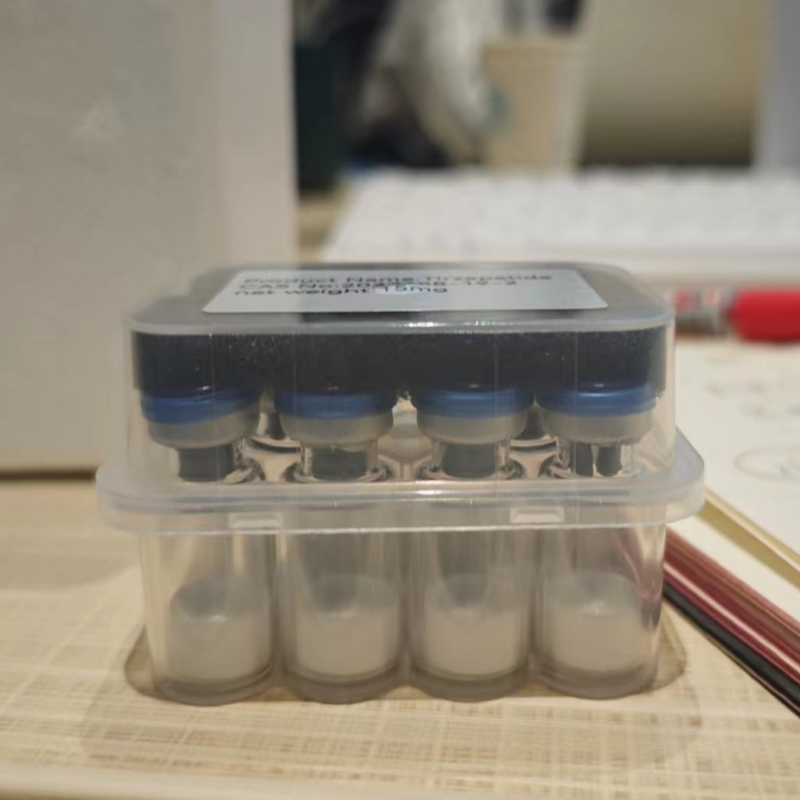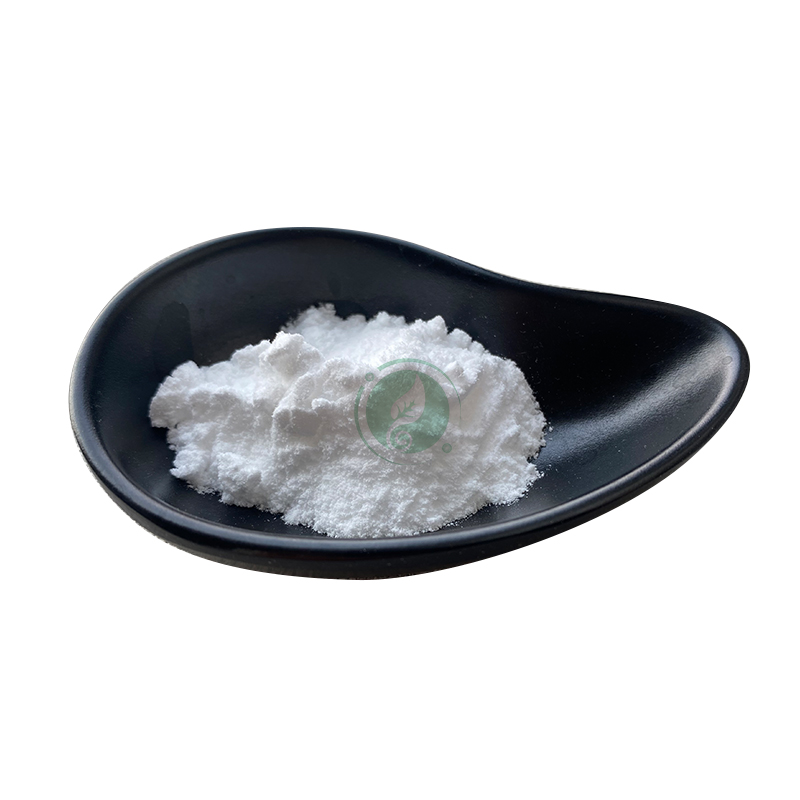European Commission approves Bayer Jivi (BAY94-9027) for treatment of haemophiliacs type A
-
Last Update: 2020-06-10
-
Source: Internet
-
Author: User
Search more information of high quality chemicals, good prices and reliable suppliers, visit
www.echemi.com
Hemophilia Type A is also known as clotting factor VIII defect or classic haemophilia, a recessive hermorrhage disease caused by x-chromosome chain coagulation factor VIII or molecular structure abnormalities, mostly in men, Germany'sPharmaceutical(http://giant Bayer announced that the European Commission (EC) has approved Jivi (BAY94-9027) for the treatment and prevention of bleeding for previously treated adolescents and adults with type A haemophiliaJivi recommends preventive treatment sit tatgies every 5 days, or according to the patient's clinical characteristics, or once every 7 days or twice a weekabout Jivi
Jivi is a long-acting, site-specific polyglycol-recombinant human coagulation factor VIII (PEG-rFVIII) that delivers higher levels of fVIII and has an extended blood half-life due to polyglycolization at specific sitesJivi was approved in the United States at the end of August and in Japan in mid-Septemberthe EU approval, it also marks jivi's third major regulatory approval, and Jivi is the thirddrugof type A hemophilia in Bayer's haemophilia portfolio, http:// and two of them, Kovaltry and Kogenate-FSapproval of THEJivi on PROTECT VIII is based on positive data from phase III research on PROTECT VIIIthe study assessed the efficacy and safety of Jivi for preventive therapy, on-demand treatment, and perioperative managementresults showed that Jivi had a good effect on the prevention of bleeding when taking preventive medication once every 7 days, once every 5 days and twice a weekIn addition, Jivi can effectively control bleeding events during surgery and effectively treat all bleeding events, in most cases only one or two intravenous infusions Jivi was carefully designed to insert a cysteine residue (Cys) on the surface of the recombinant human clotting factor VIII protein as an attachment point for polyglycol (PEG) polymers to extend half-life while retaining the biological activity of rFVIII
This article is an English version of an article which is originally in the Chinese language on echemi.com and is provided for information purposes only.
This website makes no representation or warranty of any kind, either expressed or implied, as to the accuracy, completeness ownership or reliability of
the article or any translations thereof. If you have any concerns or complaints relating to the article, please send an email, providing a detailed
description of the concern or complaint, to
service@echemi.com. A staff member will contact you within 5 working days. Once verified, infringing content
will be removed immediately.







